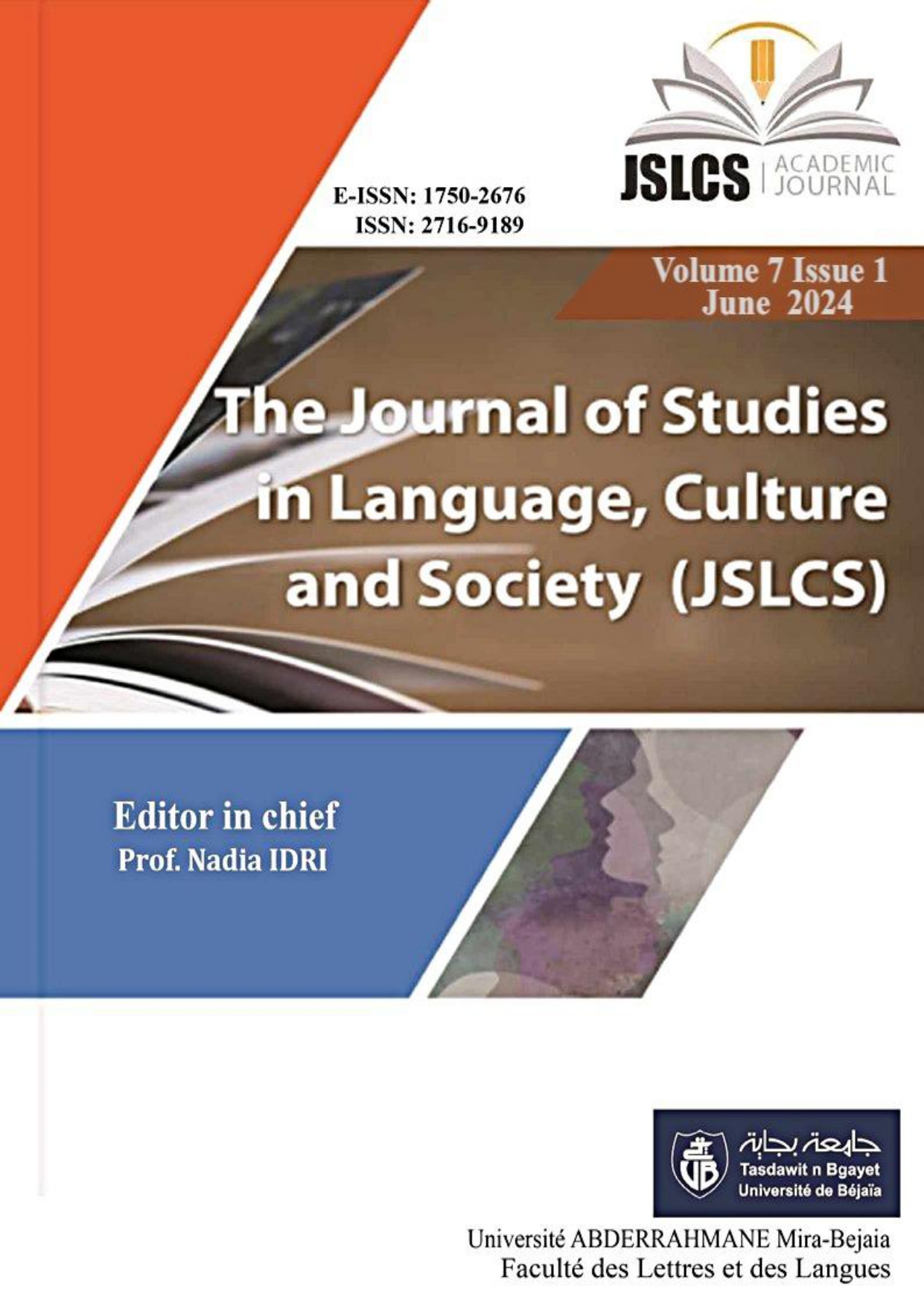A Contrastive Analysis Of Modal Usage Of ‘can’ In English, French And Swahili
Keywords:
contrastive analysis, subject-verb inversion, ellipsis, cross-linguistic patterns, modal verbsAbstract
Abstract: Understanding and analysing languages with different grammatical systems is a major challenge, but by identifying formal grammatical categories and exploring their common meanings, as linguist Frank Palmer suggests, it is possible to uncover cross-linguistic patterns. This paper undertakes a contrastive and descriptive study of the modal verb 'can' in three languages: French, English and Swahili. The aim is to examine, through illustrative examples, how different languages operate within different linguistic frameworks to convey concepts of comparable semantics. Particular attention will be paid to the peculiarities of English modal verbs, including subject-auxiliary inversion, ellipsis and direct not-negation.
References
Bernander, R., Maud, D., & Gibson, H. (2022). Modal auxiliary verb constructions in East African Bantu languages. Journal of African Languages and Literature, 3, 22-35. https://doi.org/10.6093/jalalit.v3i3.9153
Busquets, J., & Denis, P. (2001). L’Ellipse modale en français. Cahiers de Grammaire, 26, 55-74.
Celce-Murcia, M., & Larsen-Freeman, D. (1999). The grammar book: An ESL/EFLteacher’scourse (2nd ed.). Heinle & Heinle. Charaudeau, P., & Maingueneau, D. (Eds.). (2002). Dictionnaire d’analyse du discours. Édition Seuil.
Depraetere, I., & Langford, C. (2020). Advanced English grammar: A linguistic approach. Bloomsbury Publishing.
Ferrari, A. (2012). J’apprends le swahili. Karthala Editions.
Fuchs, C., & Guimier, C. (1989). Introduction: la polysémie de « pouvoir ». Langue Française, 84, 4-8.
Gosselin, L. (2010). Les modalités en français.
Rodopi. Hanse, J., & Blampain, D. (2012). Le dictionnaire des dif icultés du français (6th ed.). De Boeck.
Jao, M. L. (2015). A brief lexico-semantic study of French and Kiswahili. HAL. https://hal.archives-ouvertes.fr/hal-0122961
Lobeck, A. (1995). Ellipsis: Functional heads, licensing, and identification. Oxford University Press.
Le Querler, N. (1996). Typologie des modalités. Presse Universitaire de Caen.
Mair, C. (2018). Contrastive linguistics. Oxford Bibliographies. https://doi.org/10.1093/OBO/9780199772810-0214
McCarthy, M. (1991). Discourse analysis for language teachers. Cambridge University Press.
Ndung’u, M. (2017). The metaphorical extensions of Kiswahili mood. International Journal of Education and Research, 5(7).
Ng’ang’a, W. (2003). Semantic analysis of Kiswahili words using the self-organising map. Nordic Journal of African Studies, 12(3), 405-423. Palmer, F. R. (1990). Modality and the English modals (2nd ed.). Routledge.
Palmer, F. R. (2013). Modality and the English modals (2nd ed.). Routledge.
ullum, G. K., & Huddlestone, R. (2002). The Cambridge grammar of the English language. Cambridge University Press.
Riegel, M., Pellat, J.-C., & Rioul, R. (2009). Grammaire méthodique du français (4thed.). PUF.
Vetters, C. (2012). Modalité et évidentialité dans pouvoir et devoir: typologie et discussions. Langue Française, 173, 31-47. https://doi.org/10.3917/lf.173.0031
Vuzo, A. C. A. M. (1995). Matumizi ya Kamusi ya Kiswahili Sanifu katika shule za upili nchini Kenya.








